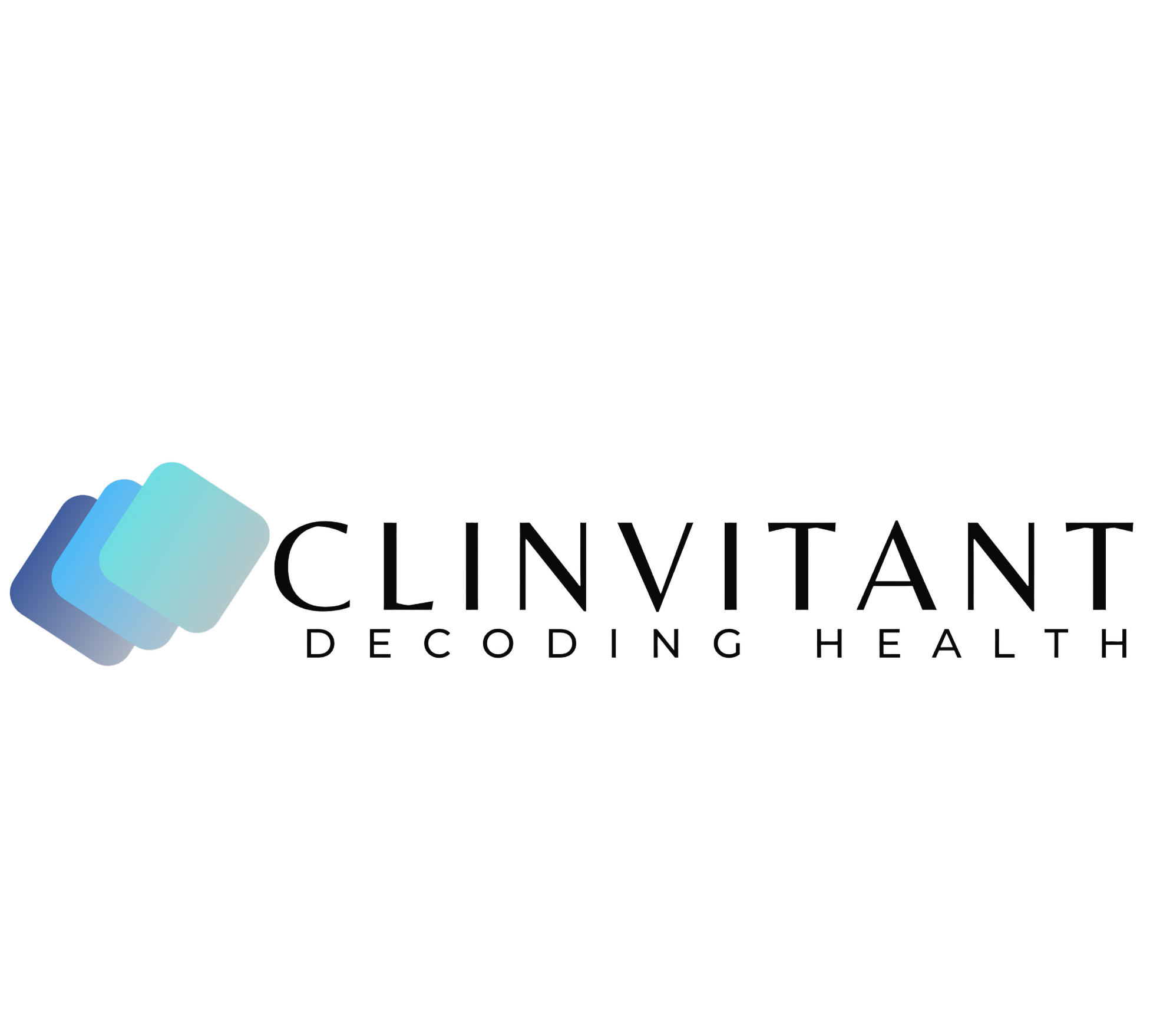What if a simple screening could save your life? Colorectal cancer, is the third most common cause of cancer deaths in the US, and it’s increasingly affecting younger people. Like James Van Der Beek, a diagnosis can come when you least expect it, which is why screening is crucial.
James Van Der Beek’s recent colorectal cancer diagnosis serves as a powerful reminder of the importance of early detection. In October 2023, the actor publicly shared his unexpected diagnosis, highlighting that cancer can affect anyone, regardless of age. Since then, he has bravely spoken about his treatment journey and his focus on staying positive. His story emphasizes the urgency of regular screenings, especially as colorectal cancer rates rise in younger individuals. In this post, we’ll dive into the facts about colorectal cancer, why screening is essential, and how early detection can save lives.
September 2023
Colorectal Cancer Diagnosis
James Van Der Beek was diagnosed with colorectal cancer. James Van Der Beek shared with People magazine, “I felt really good coming out of anesthesia, that I’d finally done it, then the gastroenterologist said — in his most pleasant bedside manner — that it was cancer. I think I went into shock.”
October 2023
Public Announcement
He shared his diagnosis on Instagram, emphasizing the importance of staying positive and embracing the unknown.
Ongoing
Advocacy For Early Detection
He used his platform to encourage early screenings and lifestyle changes for cancer prevention, stressing that “getting checked could save your life.”
Key notes
- Men are more likely to develop colorectal cancer at a younger age compared with women.
- The diagnosis of colon cancer in people younger than 55 years old has been rising.
- Right colon and rectal cancers has also increased.
- Rectal bleeding is one of the most important alarm symptoms.
- Aspirin longterm use has been associated with a protective properties.
- Screening of individuals should start at 45 years up to 75 years.
- Colonoscopy is the gold standard as it can be used for visualization and removal of polyps.
What Is Colorectal Cancer?
As like any cancer, colorectal cancer derives from the uncontrolled growth and multiplication of malignant cells. As its name implies, they can rise form the colon or from the rectum, but they’re generally grouped together because of the features they share together. There has to be a transition from the normal colon cells to the malignant ones and transform to an invasive cancer, and this takes several years.
Between men and women, men are more likely to develop colorectal cancer at a younger age compared with women.
What Causes Colorectal Cancer?
Most of the colorectal cancer is generally sporadic, meaning it rises randomly almost by chance. A minimum of cases can be associated with inherited mutations associated with Lynch Syndrome and Familial Adenomatous Polyposis (FAP).
Risk factors for developing colorectal cancer are varied and often linked to daily lifestyle choices.

As many as 1 in 3 people who develop colorectal cancer have other family members who have had it — ACS
Colorectal Cancer
Risk Factors
Lifestyle
Sedentary behavior
Smoking
Alcohol Consumption
Obesity – Leads to chronic inflammation
Diet
Low dietary fiber
High diet in red and processed meats
Pathogens/Bacteria
Streptococcus bovis
Clostridium septicus
Hereditary Syndromes
Family History: The American Cancer Society says that as many as 1 in 3 people who develop colorectal cancer have other family members who have had it.
Lynch Syndrome
Familial Adenomatous Polyposis
Associated Conditions
Inflammatory Bowel Disease
Polyps (serrated)
Diabetes Mellitus Type 2
How Does Colorectal Cancer Develop?
As most cases present sporadically, it is important to understand where does the cancer came from? How do it develop? And most importantly, why? Most of the cases of colorectal cancer start from the growth of small nodules in the inward portion of the colon or rectum, called polyps.
Polyps are very common and often appear as benign growths on the inner wall of the colon. However, since there are various types, some may act as precursors to carcinoma and should be properly identified and assessed. Generally, they are classified as pedunculated (i.e. when they have an stalk adhering them to the colonic wall) or sessile (i.e. when they do not have the stalk). They are also classified microscopically as adenomatous, inflammatory, hyperplasic, hamartomatous or serrated. From all of these classifications, the adenomas represent the precancerous condition, with the higher risk of developing into a cancer.
Here are some of the most important polyps, and whether or not they carry the risk of malignancy:
- Adenomatous: These types of polyps are the most frequent found in the general population, and are also divided in three types: tubular adenomas, tubulovillious adenomas and villious adenomas. From this classificaction, the most common are the tubular adenomas which as its name implies, are cellular structures that form tubules when seen under the microscope and can be found anywhere in the colon. In contrast, villous adenomas are often present in the inward lining of the rectum, commonly seen sessile cauliflower-like and they are the ones with the highest malignant potential.
- Hamartomatous: These adenomas are also associated with an increase risk of developing into malignancies in the colonic wall and also in extra-colonic regions. Often they are associated with syndromes like Juvenile Polyposis Syndrome and Peutz-Jehgers.
- Inflammatory: This type of adenomas are also called pseudopolyps and are characterized by a cycle of chronic damage and repair of the colonic wall that ultimately leads to this overgrowth. These are often associated with inflammatory bowel disease.
More polyps do exist, but they go beyond the scope of this review.
What Are The Symptoms Related With Colorectal Cancer?
The symptoms associated with colorectal cancer can range from being absent to a full spectrum of signs. The most concerning aspect is that, often, symptoms may be overlooked or not given the attention they deserve, which can lead to the cancer advancing to a later stage, as seen in the case of the actor from The Real Full Monty.
In addition to the importance of screening for colorectal cancer, which we will discuss later, it’s crucial to understand that each symptom should be taken seriously. No symptom should be dismissed or ignored. Here are some of the most important symptoms you should be aware of:
- Fatigue
- Unexplained weight loss
- Muscle wasting
- Decline in physical function
- Dizziness
- Feeling very thirsty
Alarm Symptoms You Should Know!
1
Unintentional Weight Loss
> 5% of total weight in a year.
2
Rectal Bleeding
Hematochezia
3
Changes In Bowel Habits
Diarrhea, Constipation
4
Abdominal Pain
Colicky (associated with obstruction)
5
Iron Deficiency Anemia
Men and Postmenopausal Women
Aspirin And Other NSAIDs Can Shield Against Colorectal Cancer
Just as there are risk factors that contribute to the development of colorectal cancer, there are also protective factors that may help limit tumor progression. Among these, aspirin and certain NSAIDs have shown potential in reducing the risk of colorectal cancer. However, this doesn’t mean that starting aspirin or NSAIDs for long-term use is a recommendation; you should consult a healthcare professional.
These medications work by blocking the enzyme cyclooxygenase (COX), which is responsible for producing all prostaglandins. While this reduction affects prostaglandins broadly, PGE2 is particularly important as it has been strongly implicated in colorectal cancer progression.
Studies suggest that regular aspirin use, such as taking it twice a week, is associated with a reduced risk of developing colorectal cancer. However, it’s essential to consult a healthcare professional before starting any preventive treatment.

Why You Should Prioritize Colorectal Cancer Screening
Prevention is our most effective tool for reducing the mortality associated with colorectal cancer. With its incidence and diagnosis rising among younger individuals, established guidelines provide valuable direction on how to approach and prioritize prevention efforts.
According to the US Preventive Services Task Force (USPSTF) guidelines, screening for colorectal cancer is recommended for individuals starting at age 45, which are at an average risk of development. Now, for people over 75 years old, according to these guidelines, screening should be considered based on their overall health and previous screening history. This difference exists because evidence indicates that the benefit of screening in this patients age group is small.
There are several screening modalities available:
- Colonoscopy: This is the best test for colorectal cancer screening as it is capable of detecting both tumors and pre-cancerous lesions (i.e. such as polyps). Also it can be used for the removal of overgrowth lesions like polyps.
- Fecal Immunochemical Test (FIT): High-sensitivity guaiac fecal occult blood test (HSgFOBT), recommended every year.
- Multitarget Stool DNA Test: It is done a stool DNA-FIT, recommended every 1 to 3 years.
James Van Der Beek’s story reminds us that colorectal cancer can impact anyone, often without warning. It underscores the importance of awareness, regular screenings, and understanding the risk factors and symptoms. Colorectal cancer is not just a disease for older adults; its rising prevalence in younger individuals makes early detection more critical than ever.
While risk factors like lifestyle and diet play a role, protective measures such as screenings and even medications like aspirin (under medical advice) can make a difference. Prevention, awareness, and timely action are our strongest allies in combating this disease.
By sharing his journey, James Van Der Beek has helped bring attention to a condition that can be preventable and treatable with the right measures. So take a moment to prioritize your health—schedule a screening, learn your risks, and remember that early detection could save your life.

